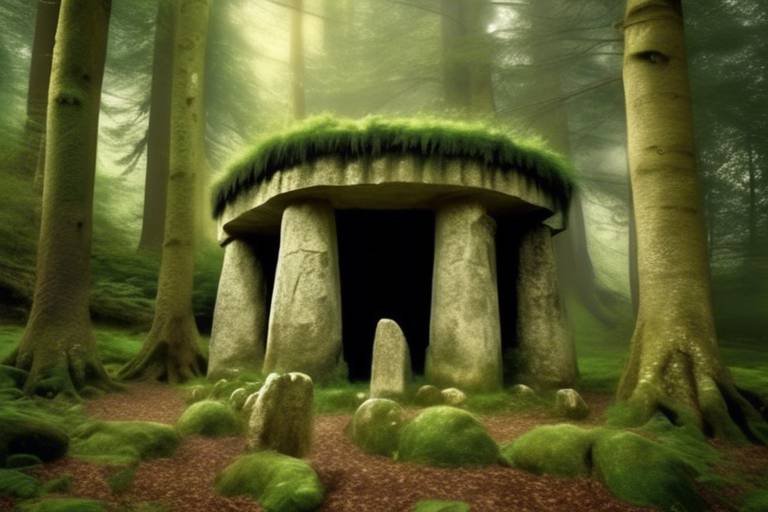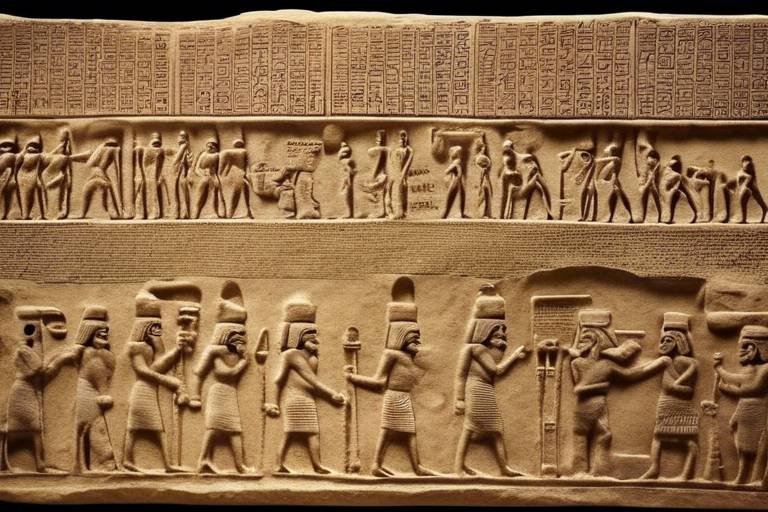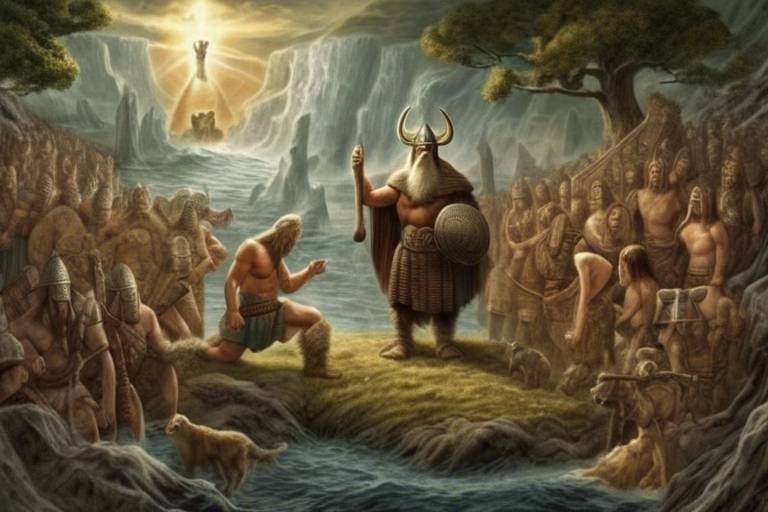The Mystery of the Stone Faces of Easter Island
On the remote island of Easter Island, a captivating mystery unfolds through the enigmatic stone faces known as Moai. These imposing statues, shrouded in intrigue, stand as silent sentinels of a bygone civilization, beckoning us to unravel their secrets. Carved with precision and purpose, the Moai hold within them the echoes of a lost world, sparking curiosity and wonder in all who gaze upon them.
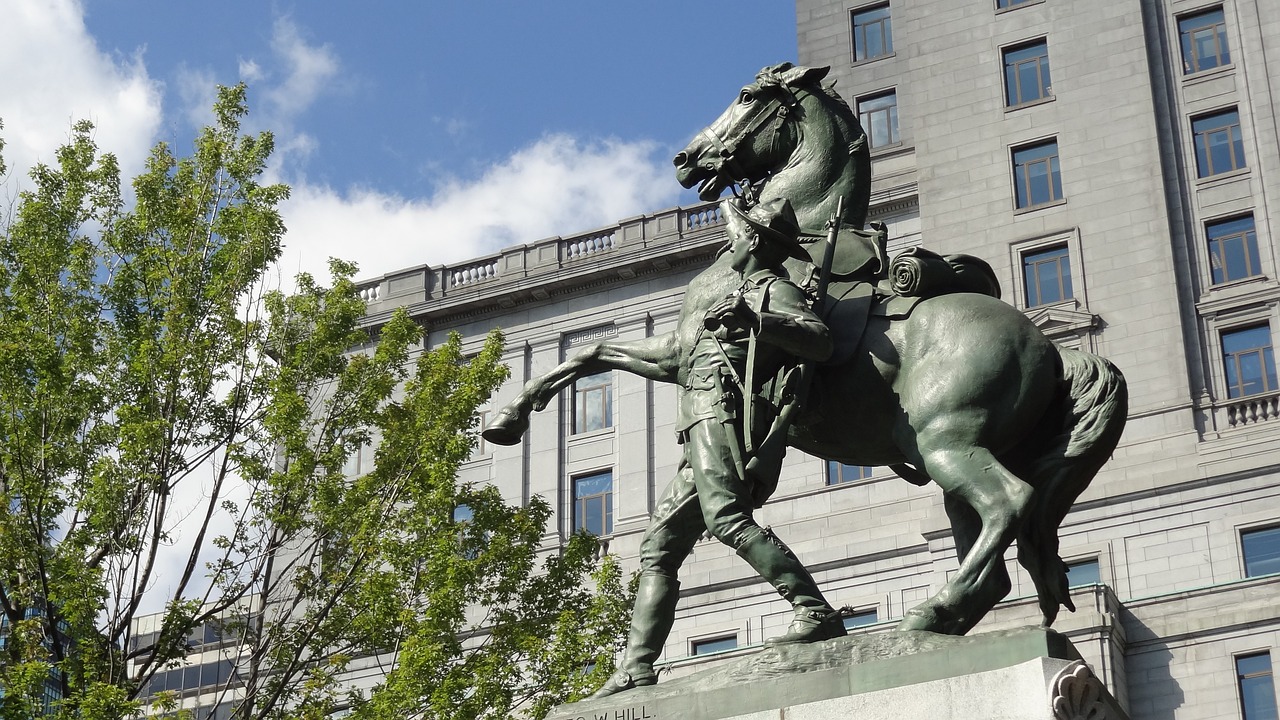
The Origins of the Moai
Exploring the enigmatic stone statues of Easter Island, known as Moai, and the mysteries surrounding their creation, purpose, and the civilization that built them.
Delving into the history and theories about how the Moai statues were constructed, transported, and erected on Easter Island by the ancient Rapa Nui civilization.
The origins of the Moai statues on Easter Island are shrouded in mystery and intrigue. These iconic stone figures, carved from volcanic rock, stand as silent sentinels overlooking the island's landscape. Scholars and archaeologists have long debated how these colossal statues, some reaching heights of over 30 feet and weighing up to 80 tons, were created and moved to their various locations around the island.
One prevailing theory suggests that the Rapa Nui people used a combination of stone tools, ropes, and wooden sledges to carve and transport the Moai from the quarries where they were sculpted to their final positions. The process of moving these massive statues, often across rugged terrain, remains a remarkable engineering feat that continues to astound researchers today.
Additionally, the intricate designs and unique features of each Moai statue raise questions about the cultural and artistic significance of these ancient sculptures. Some believe that the Moai served as representations of revered ancestors or tribal leaders, embodying spiritual and ancestral connections within Rapa Nui society.
As we unravel the origins of the Moai, we are confronted with a fascinating blend of craftsmanship, engineering prowess, and cultural symbolism that speaks to the ingenuity and creativity of the ancient Rapa Nui civilization.
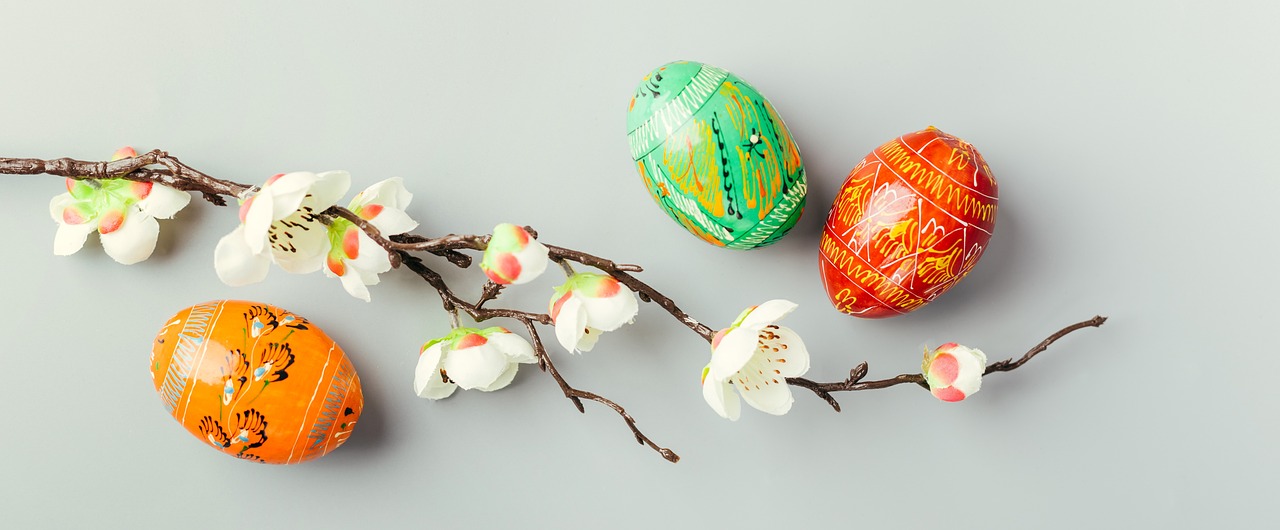
The Purpose of the Moai
When pondering the purpose of the Moai statues scattered across Easter Island, one cannot help but be drawn into a realm of speculation and intrigue. These imposing figures, with their stoic gazes and enigmatic presence, have long captivated the minds of archaeologists, historians, and curious travelers alike. Various theories have emerged over the years, each offering a glimpse into the possible intentions behind the creation of these monumental sculptures.
One prevailing hypothesis suggests that the Moai served as ancestral guardians, watching over the communities and protecting them from harm. It is believed that these statues were positioned strategically along the coastlines, facing inland to oversee the villages and offer spiritual guidance to the inhabitants. The sheer size and grandeur of the Moai could be interpreted as a symbol of authority and reverence, instilling a sense of awe and respect in those who beheld them.
Another interpretation posits that the Moai were erected to honor and commemorate important ancestors or tribal leaders. In Rapa Nui society, lineage and ancestry held significant importance, and the construction of these statues may have been a way to pay homage to those who had passed on. The act of carving and raising a Moai could have been a sacred ritual, symbolizing the eternal connection between the living and the deceased.
Furthermore, some researchers suggest that the Moai played a role in fertility rites and agricultural practices. It is theorized that these statues were positioned in specific locations to harness spiritual energy and promote bountiful harvests. The solemn expressions of the Moai may have been intended to invoke blessings from the gods and ensure the prosperity of the community.
Despite the multitude of theories surrounding the purpose of the Moai, the true significance of these enigmatic statues remains shrouded in mystery. As we continue to unravel the secrets of Easter Island and delve deeper into its ancient past, perhaps one day we will uncover the ultimate truth behind the enduring legacy of the Moai.

The Decline of the Rapa Nui Civilization
As we delve into the history of the Rapa Nui civilization, we are confronted with the somber tale of its decline. The once-prosperous society that thrived on Easter Island faced a series of challenges that ultimately led to its downfall. Environmental degradation played a significant role in the collapse of the Rapa Nui civilization. The deforestation of the island, primarily for the transportation of the massive Moai statues, disrupted the delicate ecosystem, causing soil erosion and a decline in agricultural productivity.
Societal unrest also plagued the Rapa Nui people, as internal conflicts and power struggles weakened the social fabric of the civilization. The once-unified society became fractured, leading to divisions and tensions that further exacerbated the decline. Additionally, the impact of colonialism cannot be overlooked in the downfall of the Rapa Nui civilization. The arrival of European explorers and settlers brought diseases, exploitation, and cultural disruption, contributing to the destabilization of the indigenous population.
Despite the ingenuity and craftsmanship displayed in the construction of the Moai statues, the Rapa Nui civilization could not withstand the mounting pressures that beset it. The decline of this once-flourishing society serves as a cautionary tale, reminding us of the fragility of civilizations in the face of environmental, social, and external challenges.

Unraveling the Mysteries
Unraveling the mysteries surrounding the stone faces of Easter Island is a task that continues to captivate archaeologists and researchers alike. Through meticulous excavation and advanced scientific techniques, experts are slowly piecing together the puzzle of how the Moai statues were created and what they represent.
One of the key areas of focus in unraveling these mysteries lies in understanding the methods used by the ancient Rapa Nui civilization to carve and transport these massive stone figures. The sheer size and weight of the Moai present a logistical challenge that has puzzled experts for centuries. Some theories suggest that the statues were moved using a combination of ropes, sledges, and manpower, while others propose more elaborate methods involving the use of wooden rollers.
Furthermore, recent archaeological excavations have shed light on the intricate carvings and markings found on the Moai statues, hinting at a deeper symbolic significance. These carvings may hold clues to the religious beliefs, social hierarchy, and cultural practices of the Rapa Nui people, providing valuable insights into the purpose behind the creation of the statues.
Modern scientific techniques, such as 3D scanning and drone surveys, have revolutionized the study of the Moai statues, allowing researchers to create detailed digital models and maps of the archaeological sites on Easter Island. These tools have enabled experts to uncover hidden details and patterns in the placement of the statues, offering new perspectives on the organization and planning involved in their construction.
As ongoing research continues to unravel the mysteries of the stone faces of Easter Island, new questions and possibilities emerge, fueling the curiosity of scholars and enthusiasts around the world. The enigmatic nature of the Moai statues serves as a reminder of the ingenuity and creativity of the ancient Rapa Nui civilization, inviting us to delve deeper into the secrets they hold.
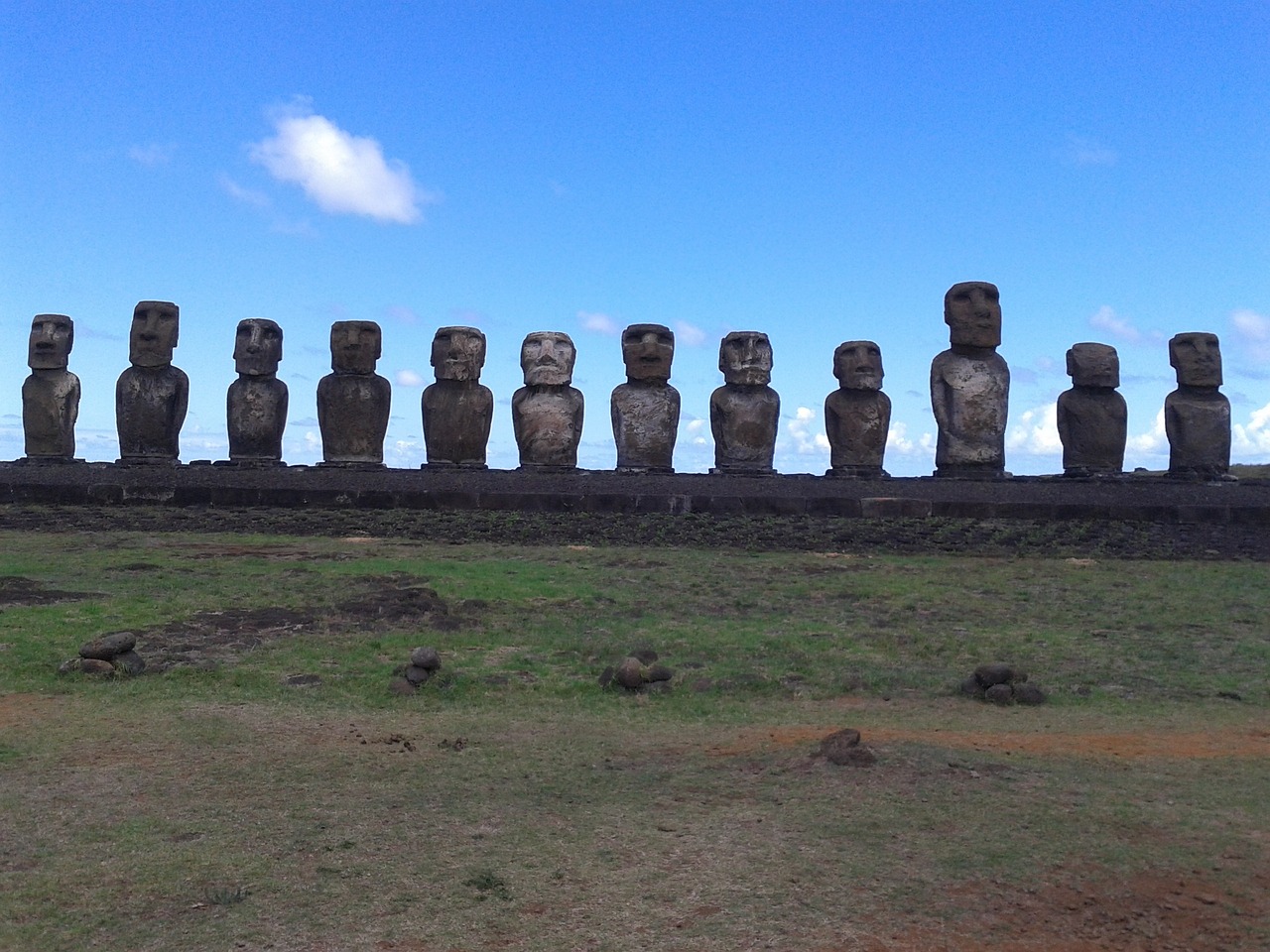
Preservation Efforts
Preservation efforts regarding the Moai statues on Easter Island are crucial to safeguarding this unique cultural heritage. The massive stone figures, standing as silent sentinels of a bygone era, face various threats that require careful attention and proactive measures to ensure their longevity. Environmental factors, such as erosion and weathering, pose significant challenges to the preservation of these ancient artifacts. Additionally, the impact of tourism on the island can lead to wear and tear on the statues, necessitating strategies to balance visitor access with conservation needs.
One key aspect of preserving the Moai involves ongoing research and monitoring to understand the effects of environmental changes on the statues. By studying patterns of erosion and degradation, experts can develop targeted interventions to protect the integrity of the stone figures. This scientific approach is essential for devising sustainable conservation strategies that respect the cultural significance of the Moai while addressing modern challenges.
Furthermore, community engagement plays a vital role in the preservation efforts on Easter Island. Local initiatives aimed at raising awareness about the importance of the Moai statues and the history of the Rapa Nui civilization can foster a sense of ownership and pride among residents. By involving the community in conservation projects and educational programs, efforts to protect the cultural heritage of Easter Island can gain momentum and support from those directly impacted by these initiatives.
In addition to environmental and community-based preservation efforts, technological advancements offer new possibilities for safeguarding the Moai statues. Digital mapping, 3D scanning, and other innovative tools enable researchers to create detailed records of the statues, aiding in documentation, restoration, and virtual preservation. These digital preservation techniques complement traditional conservation methods, providing a comprehensive approach to ensuring the long-term survival of the Moai.
Overall, the preservation of the Moai statues on Easter Island requires a multi-faceted approach that combines scientific research, community involvement, and technological innovation. By addressing the challenges of environmental threats, tourism pressures, and cultural significance, efforts to protect these iconic stone figures can secure their legacy for future generations to appreciate and admire.
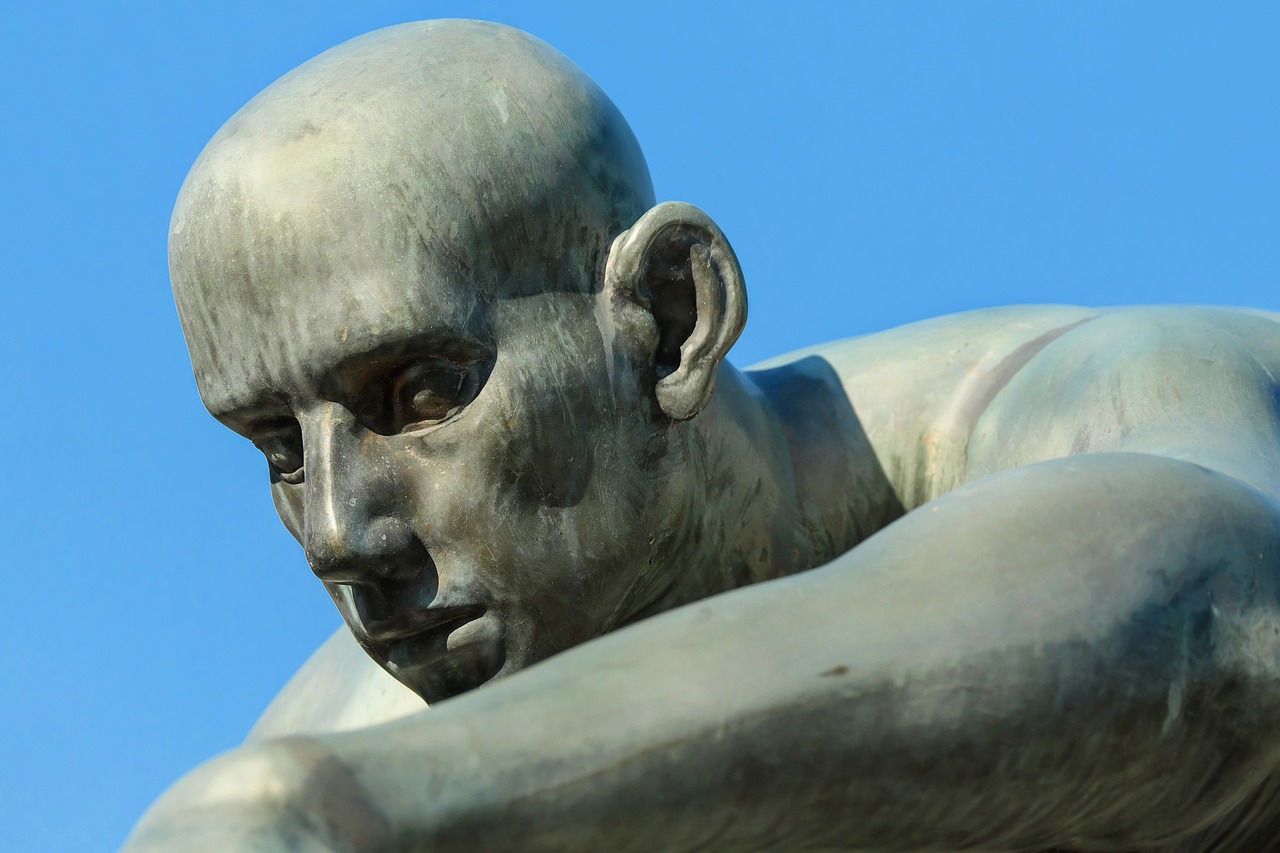
Contemporary Significance
As we gaze upon the stoic faces of the Moai statues scattered across Easter Island, we are not just witnessing ancient relics of a bygone civilization; we are beholding symbols of resilience, heritage, and the enduring legacy of the Rapa Nui people. These colossal figures, with their solemn expressions and imposing presence, serve as a poignant reminder of the rich cultural and artistic heritage of the island. They stand as guardians of a past civilization, offering us a glimpse into a world steeped in mystery and tradition.
Today, the Moai statues hold a special place in the hearts of the Rapa Nui people and visitors alike. They have transcended their original purpose and have become icons of Easter Island, drawing tourists and researchers from around the globe. The intricate carvings, towering heights, and enigmatic aura of the Moai continue to captivate imaginations and spark curiosity about their creators and the civilization that brought them to life.
Moreover, the Moai statues serve as a powerful symbol of environmental conservation and cultural preservation. In the face of growing threats such as climate change, erosion, and over-tourism, efforts are being made to safeguard these ancient monuments and the unique heritage they represent. The significance of the Moai extends beyond their physical presence; they are emblematic of the ongoing struggle to protect our shared history and ensure that future generations can marvel at their beauty and significance.

Myth and Legend
Delving into the rich tapestry of myths, legends, and oral histories that shroud the Moai statues in mystery, we uncover a world where reality and folklore intertwine. These towering stone figures have captured the imagination of scholars and storytellers alike, becoming symbols of both awe and intrigue.
According to local legends passed down through generations, the Moai statues are believed to embody the spirits of powerful ancestors, watching over the land and its people. Some tales speak of supernatural forces imbuing the statues with life, roaming the island under the cover of darkness.
Mythology intertwines with reality as archaeological findings shed light on the intricate rituals and ceremonies that surrounded the creation and placement of the Moai. These stories paint a vivid picture of a society deeply connected to the spiritual realm, where the boundaries between the earthly and the divine blur.
Legends also speak of a time of great turmoil and conflict, where the Moai stood as silent witnesses to the struggles of the Rapa Nui people. Stories of bravery, betrayal, and redemption are woven into the very fabric of Easter Island, adding layers of complexity to the enigmatic stone faces.
As we unravel the myths and legends surrounding the Moai statues, we are reminded of the power of storytelling to preserve history and culture. Each legend, each whispered tale, carries a piece of the truth, waiting to be discovered amidst the rubble of time.

Future Discoveries
As we continue to unravel the mysteries of the stone faces of Easter Island, the future holds exciting possibilities for new discoveries that may shed further light on the enigmatic civilization that created the Moai statues. Archaeologists and researchers are actively exploring untouched areas of the island, hoping to unearth more clues about the construction techniques, purpose, and societal significance of the Moai. Advanced technologies such as LiDAR scanning and ground-penetrating radar are being employed to uncover hidden structures and artifacts beneath the surface, offering a glimpse into the past like never before.
Furthermore, ongoing interdisciplinary studies involving geologists, anthropologists, and historians are providing a more comprehensive understanding of the environmental conditions that shaped the Rapa Nui civilization and the impact of external influences on its decline. By piecing together fragments of evidence from various fields, researchers aim to create a cohesive narrative of the island's history and the people who sculpted the iconic stone statues.
Future discoveries may also bring to light connections between the Rapa Nui civilization and other ancient cultures, offering insights into possible trade routes, cultural exchanges, and shared beliefs. By analyzing the intricate details of the Moai statues and comparing them to artifacts from distant lands, experts hope to uncover a broader context of the island's place in the ancient world and its significance in the global history of human civilization.
Frequently Asked Questions
- What is the significance of the Moai statues on Easter Island?
The Moai statues hold significant cultural, historical, and artistic value as they represent the legacy and resilience of the ancient Rapa Nui civilization. They are believed to have served various purposes, including honoring ancestors, marking sacred sites, and symbolizing power and authority within the society.
- How were the Moai statues constructed and transported?
The exact methods used by the Rapa Nui people to construct and transport the massive stone statues remain a subject of debate among archaeologists and researchers. Some theories suggest that the Moai were carved from volcanic rock at the Rano Raraku quarry and then moved to different locations on the island using a combination of sledges, ropes, and manpower.
- What led to the decline of the Rapa Nui civilization?
The decline of the Rapa Nui civilization is attributed to a combination of factors, including deforestation, soil erosion, overpopulation, intertribal conflicts, and the arrival of European explorers and settlers. These factors led to social unrest, resource scarcity, and ultimately the collapse of the once-thriving society.
- How are the Moai statues being preserved today?
Preservation efforts for the Moai statues on Easter Island involve measures to protect them from environmental threats, such as erosion and climate change, as well as managing tourism to minimize the impact on the archaeological sites. Conservationists work to stabilize the statues, monitor their condition, and raise awareness about the importance of preserving this cultural heritage.
- What can we learn from the Moai statues and the Rapa Nui civilization?
Studying the Moai statues and the history of the Rapa Nui civilization provides valuable insights into ancient engineering techniques, cultural practices, environmental sustainability, and the consequences of societal collapse. By unraveling the mysteries of Easter Island, we gain a deeper understanding of human history, resilience, and the importance of preserving our shared heritage.








